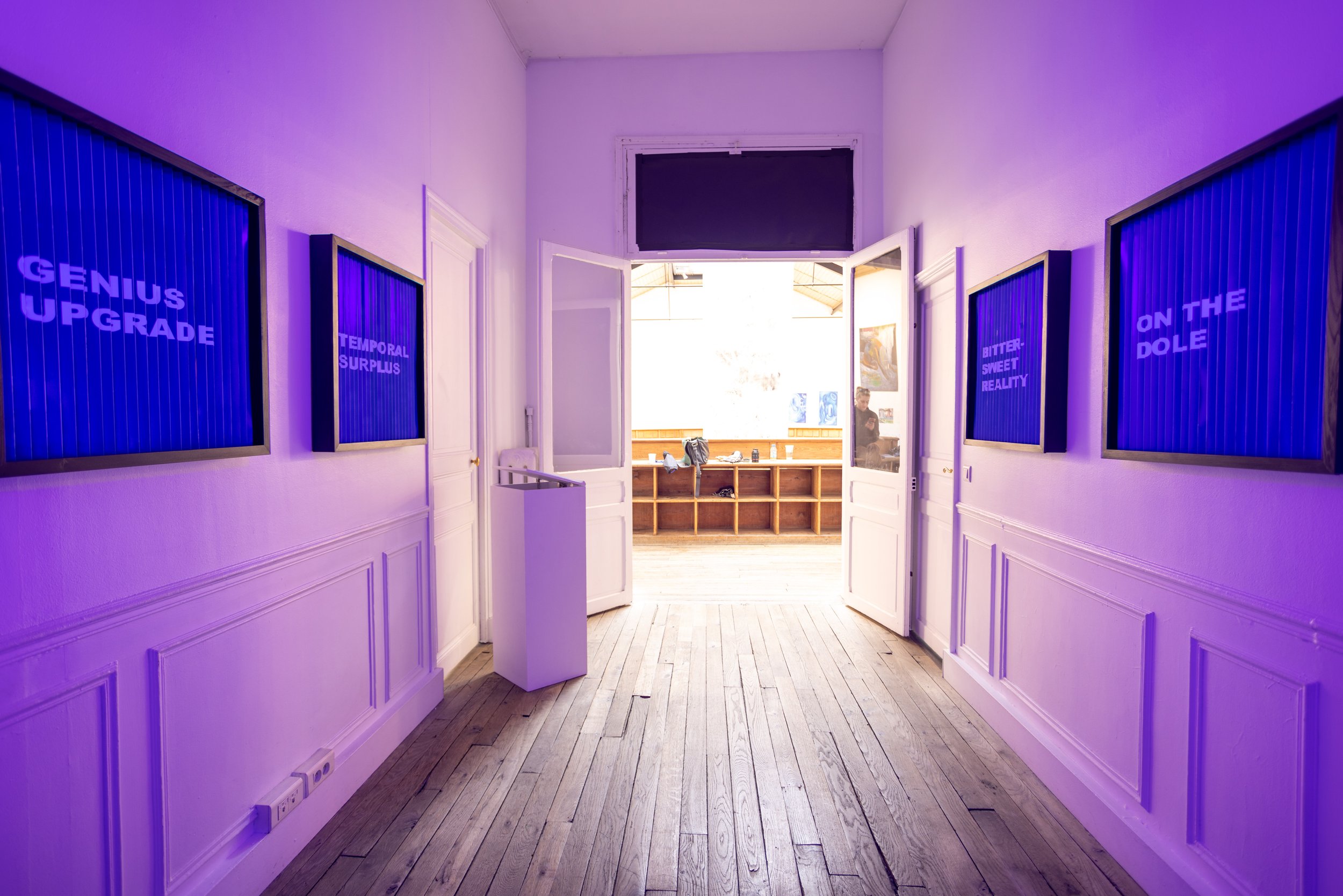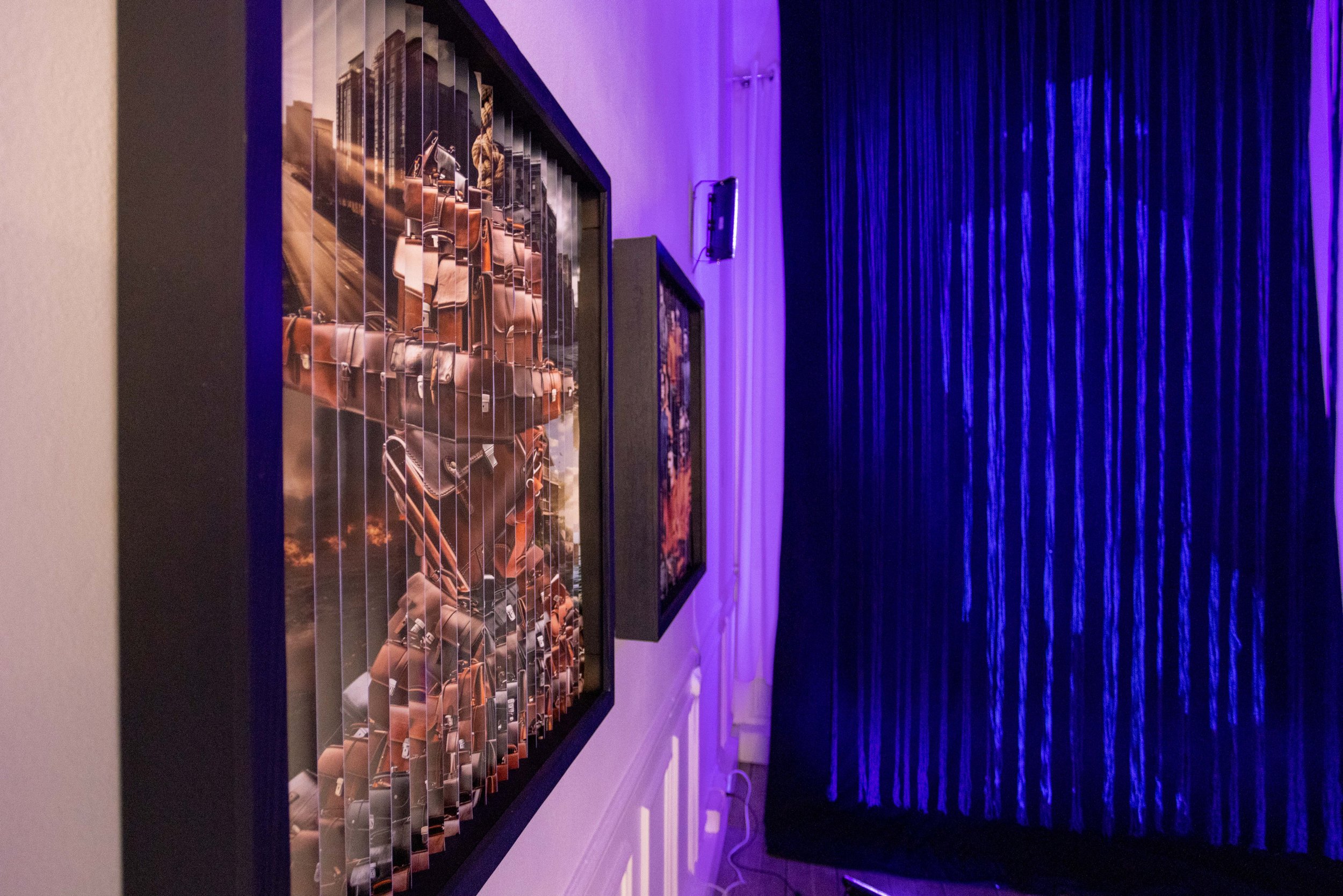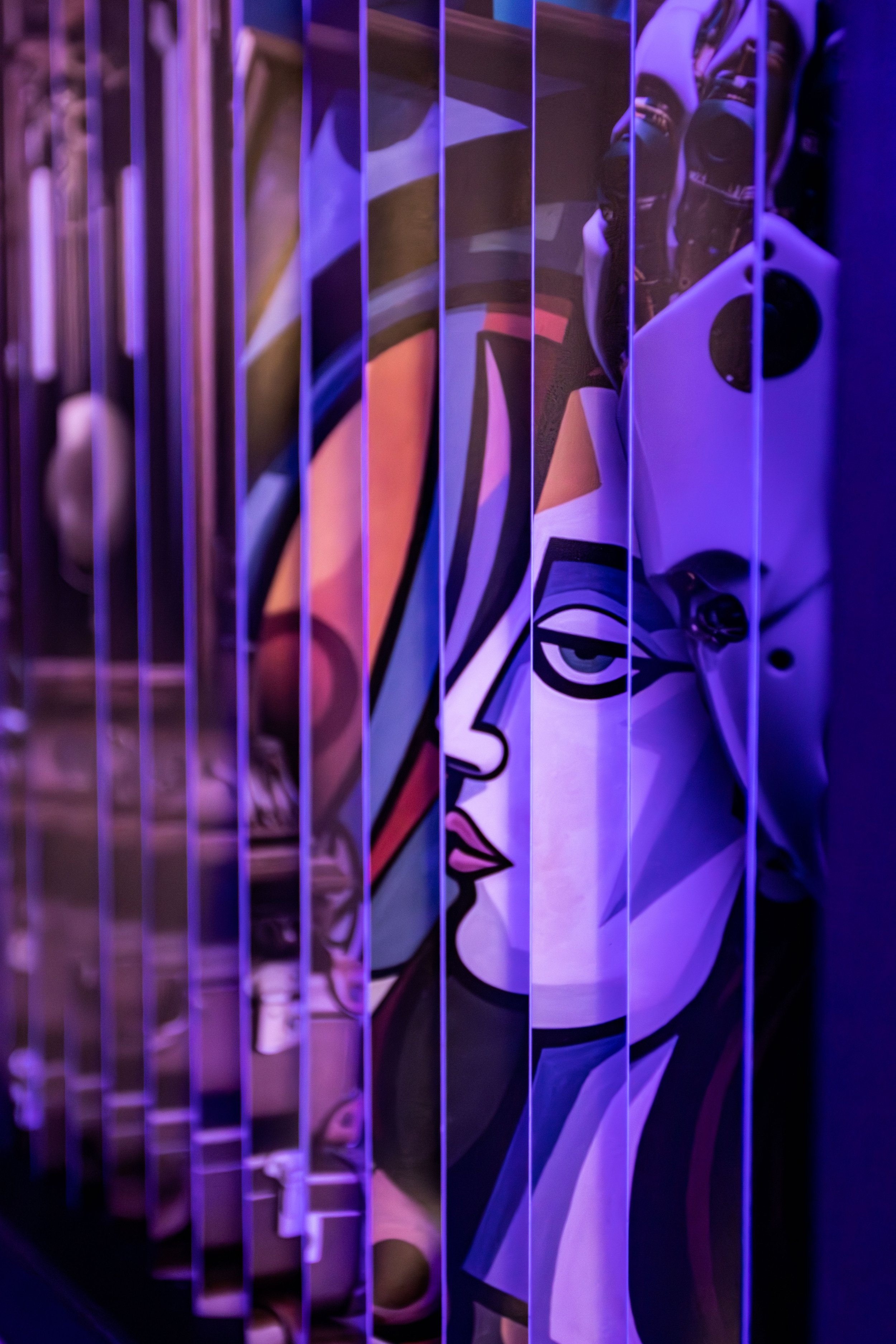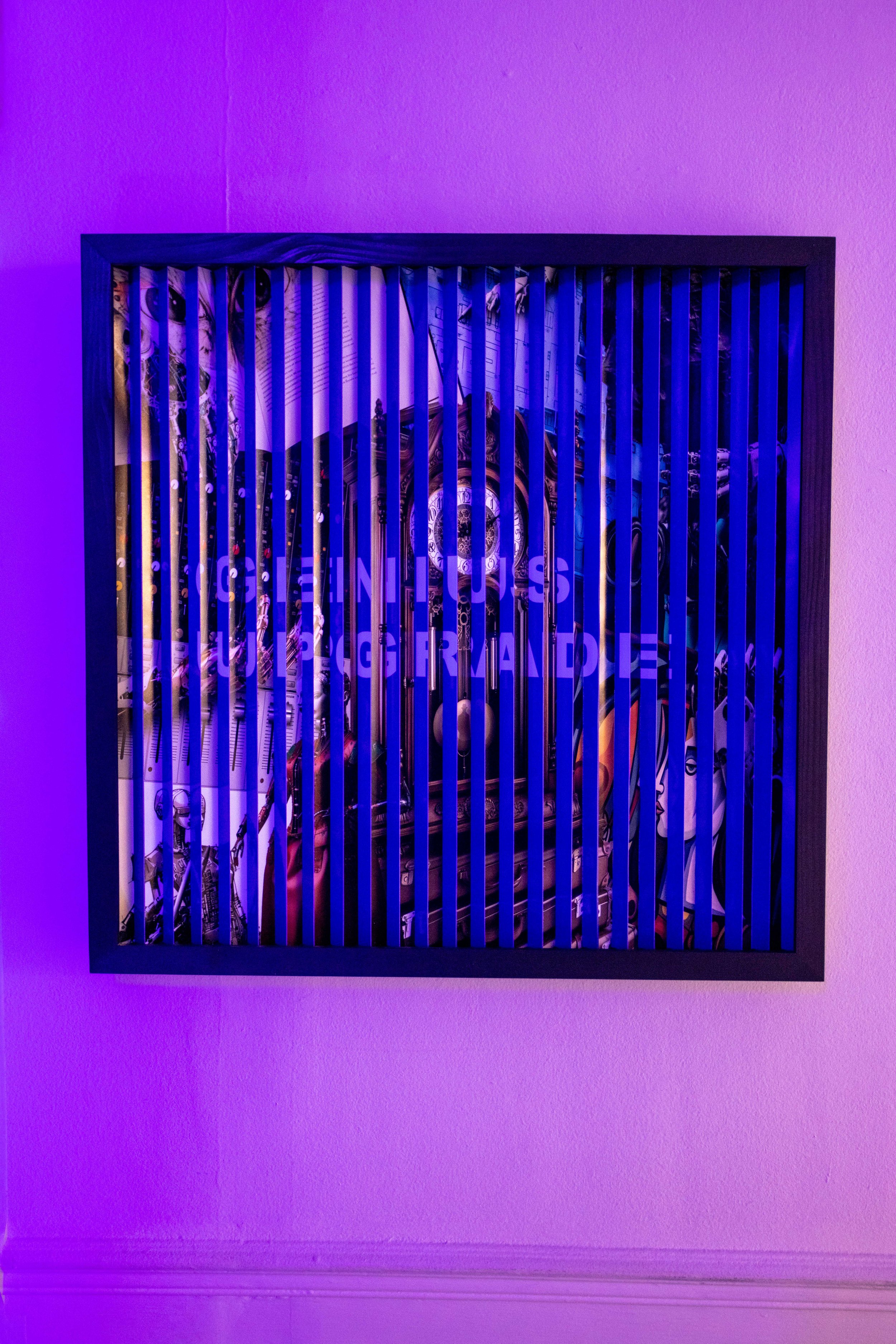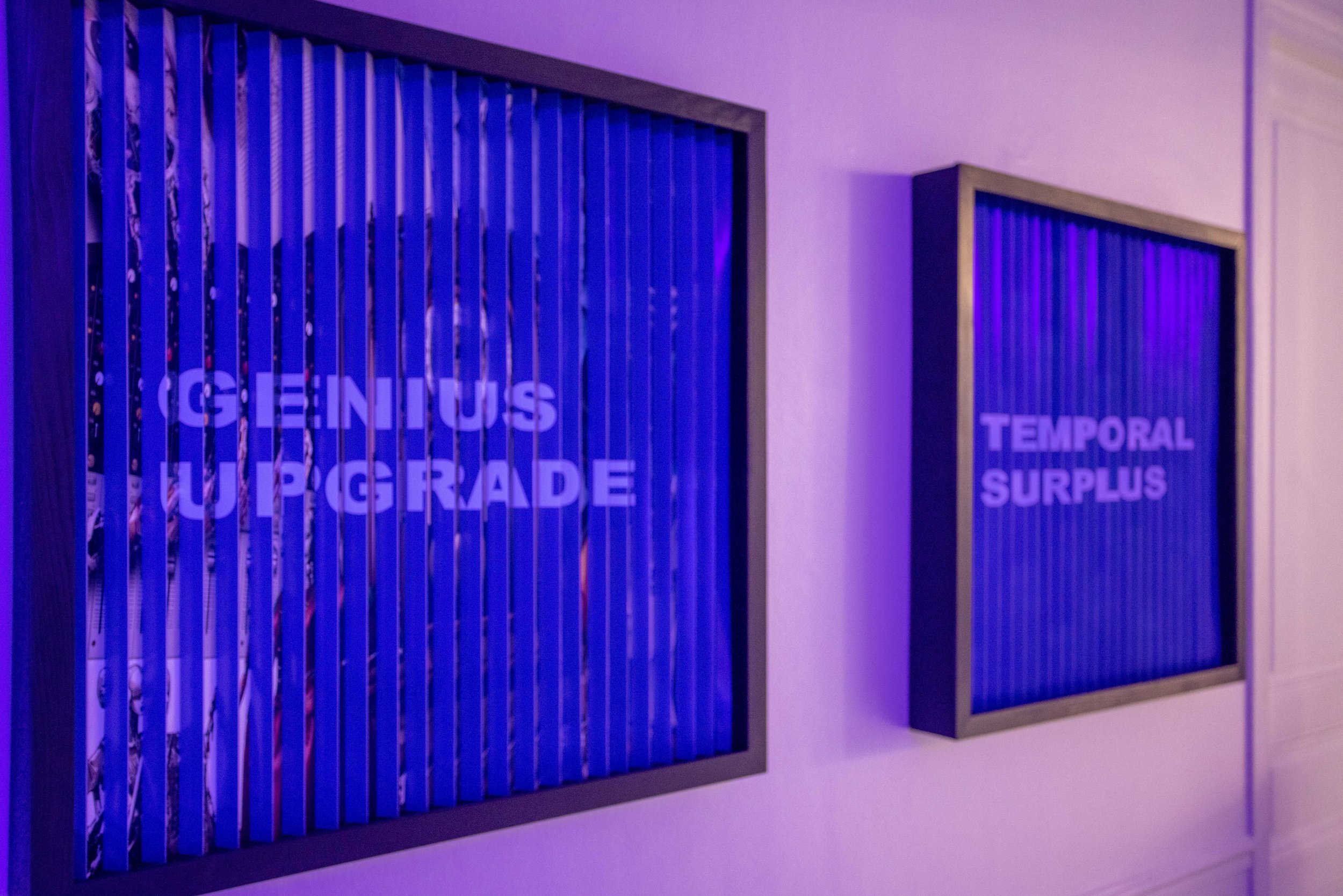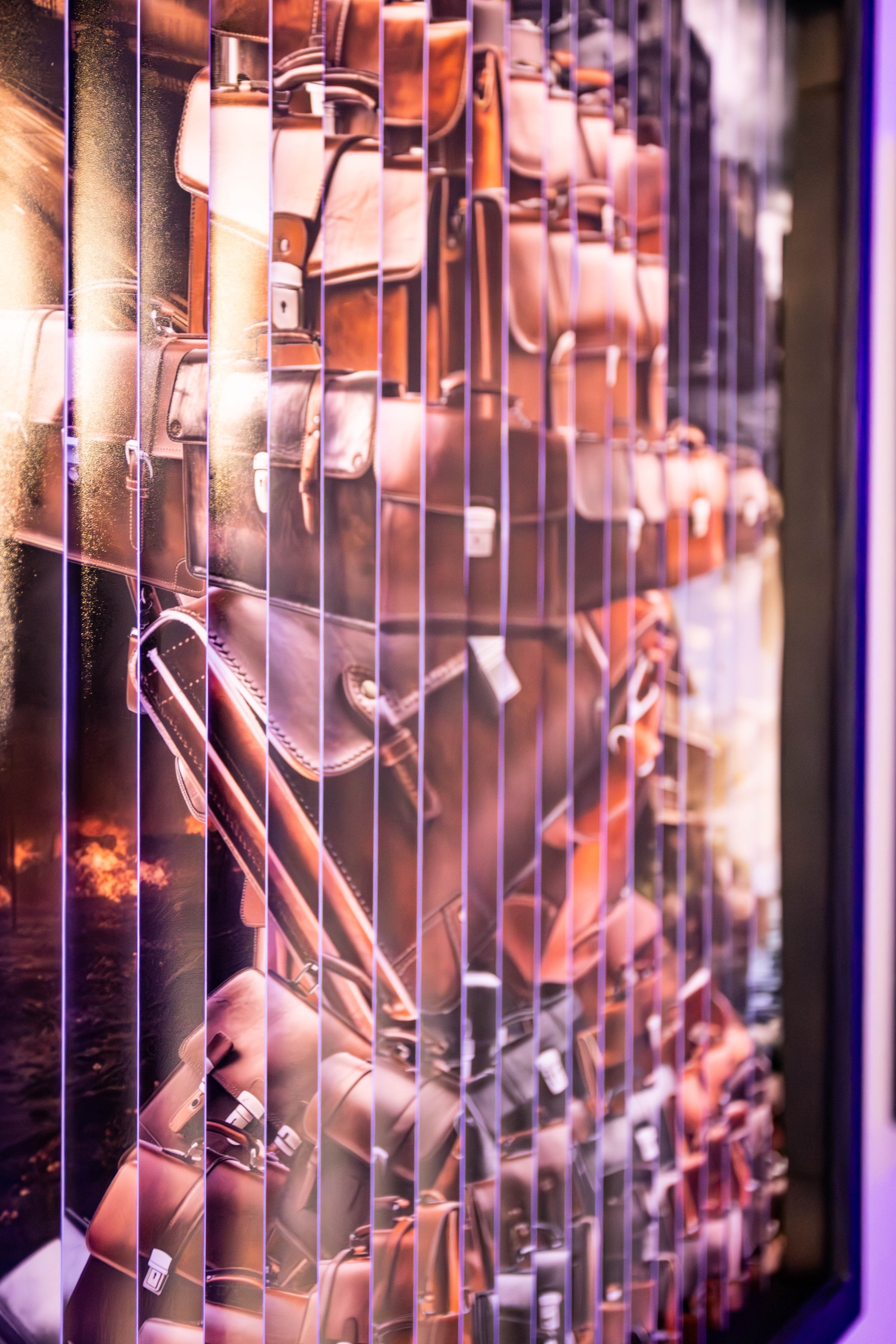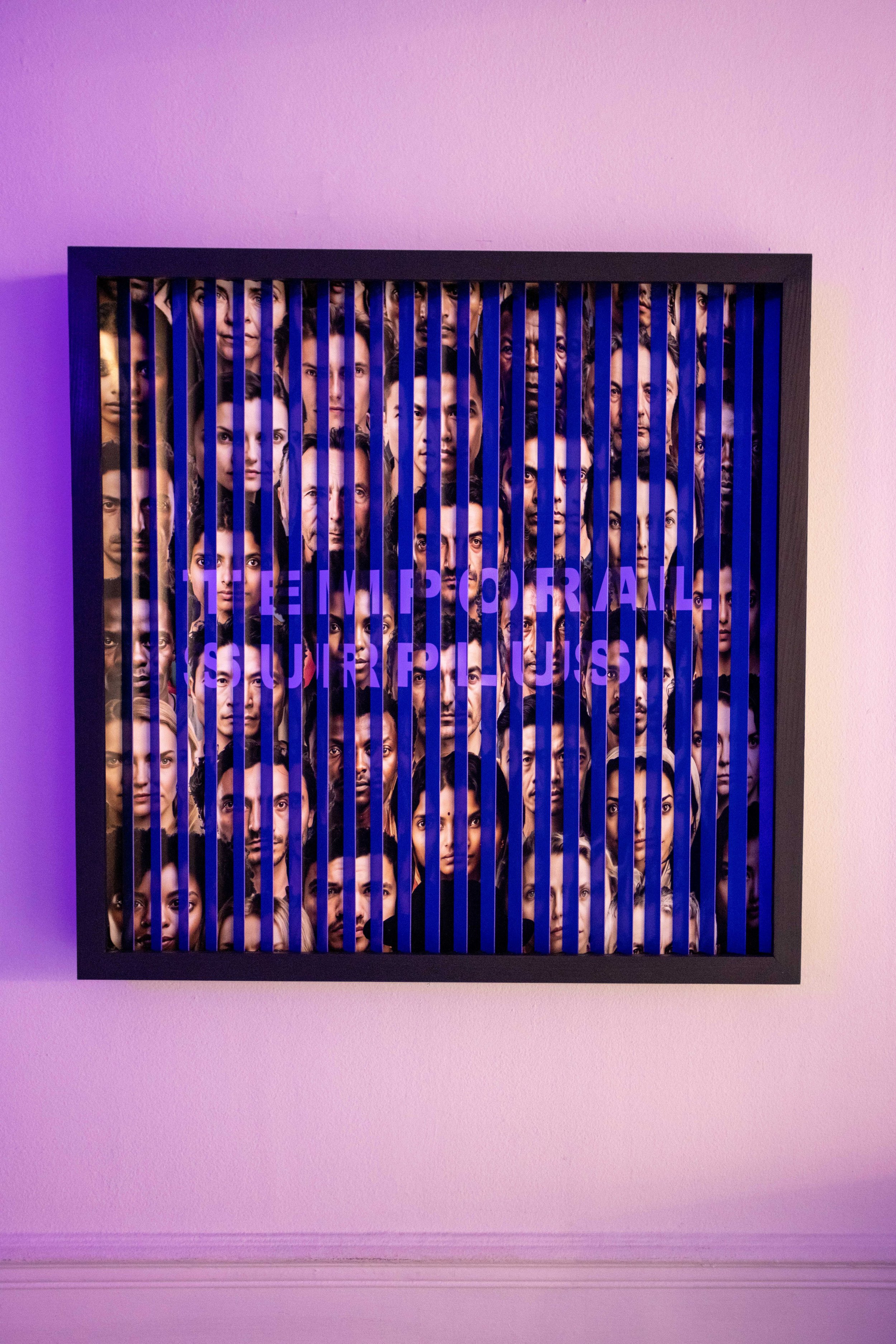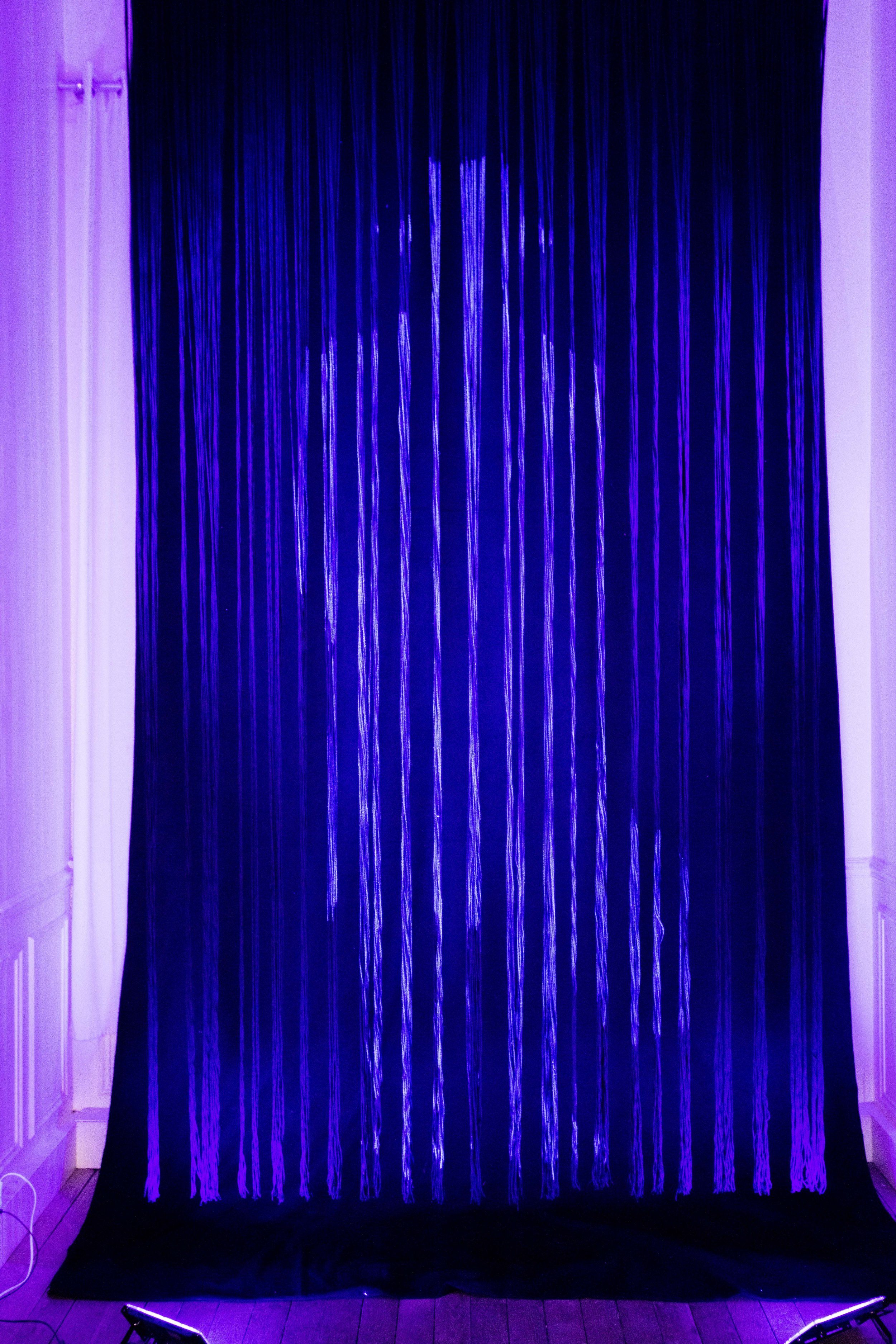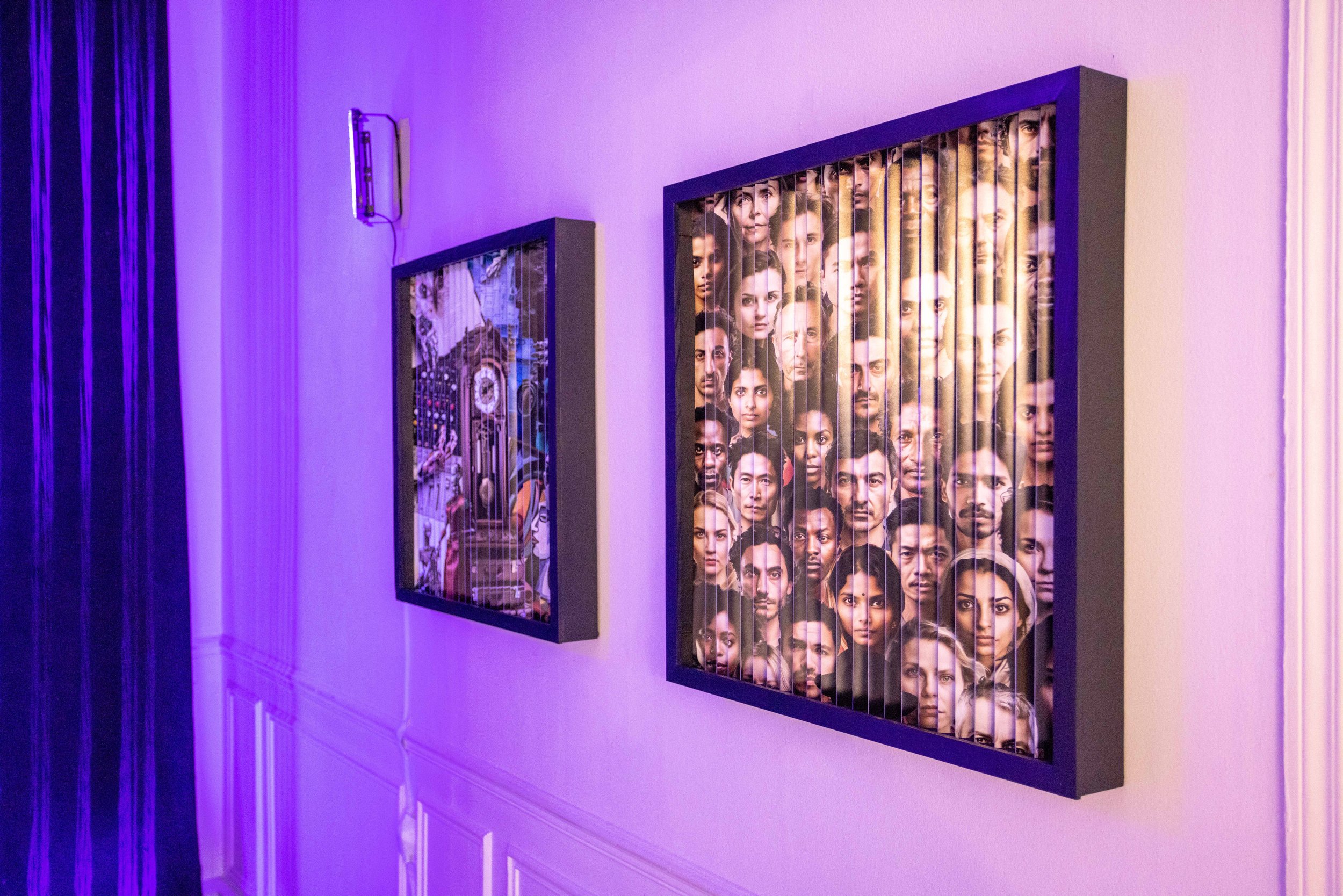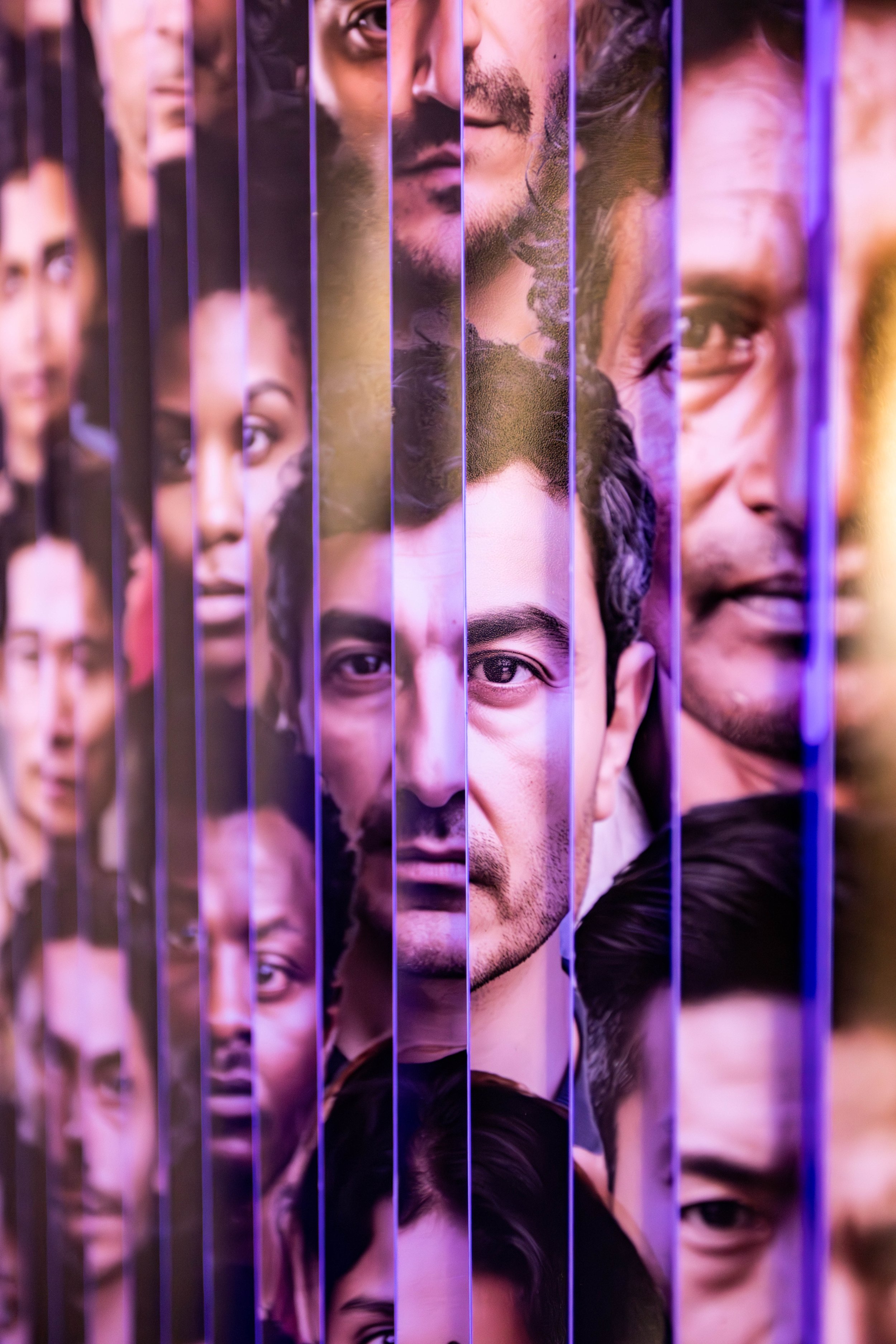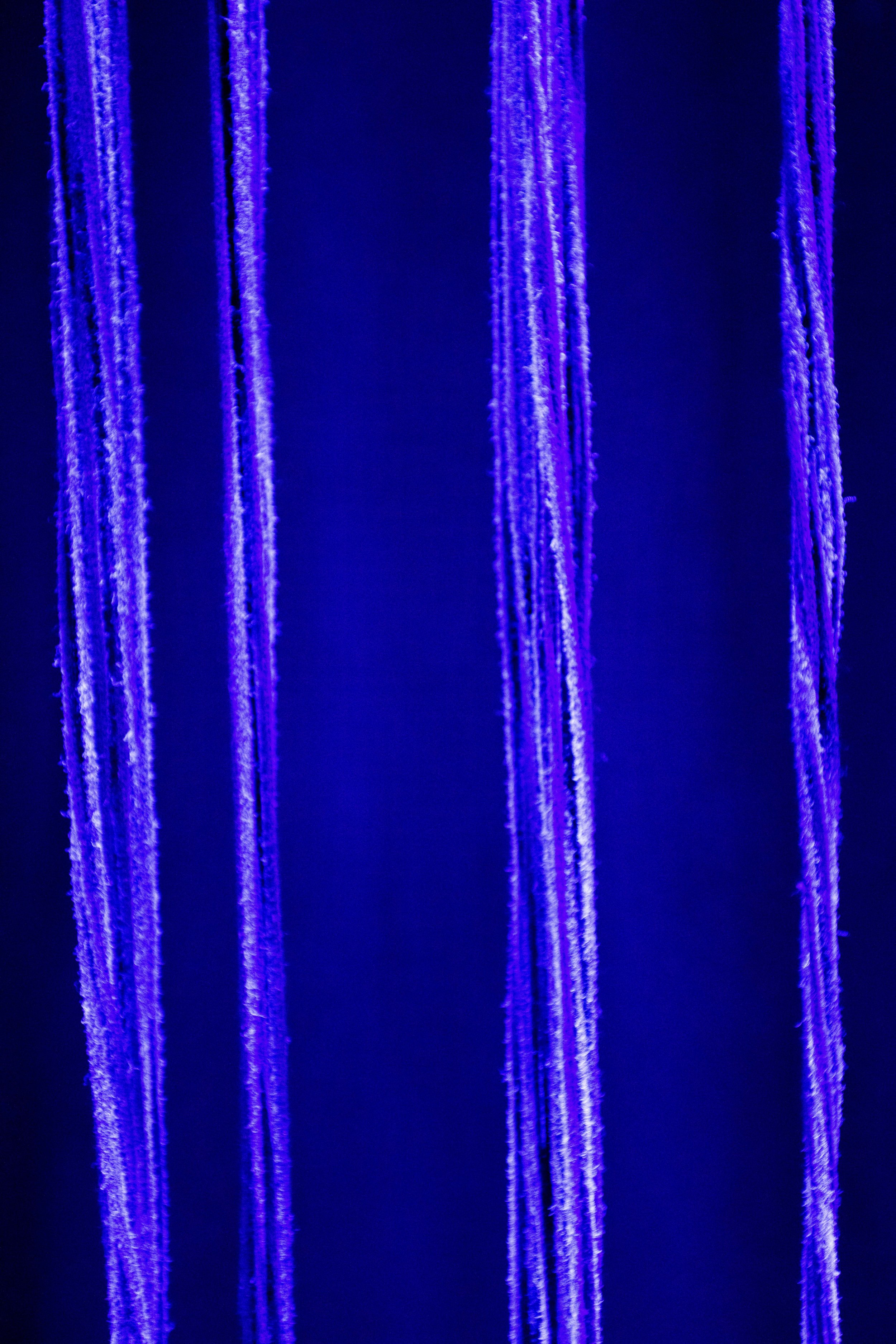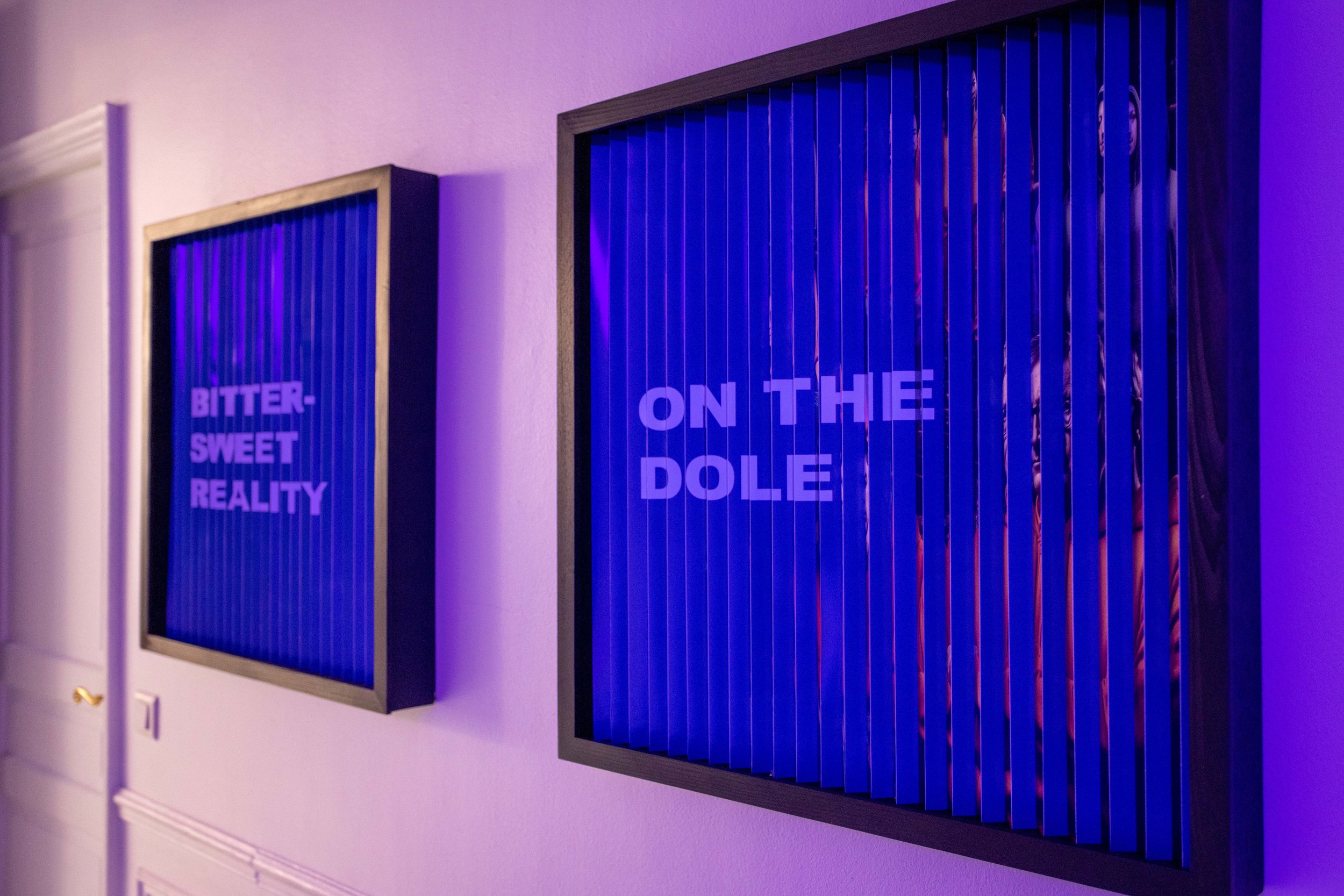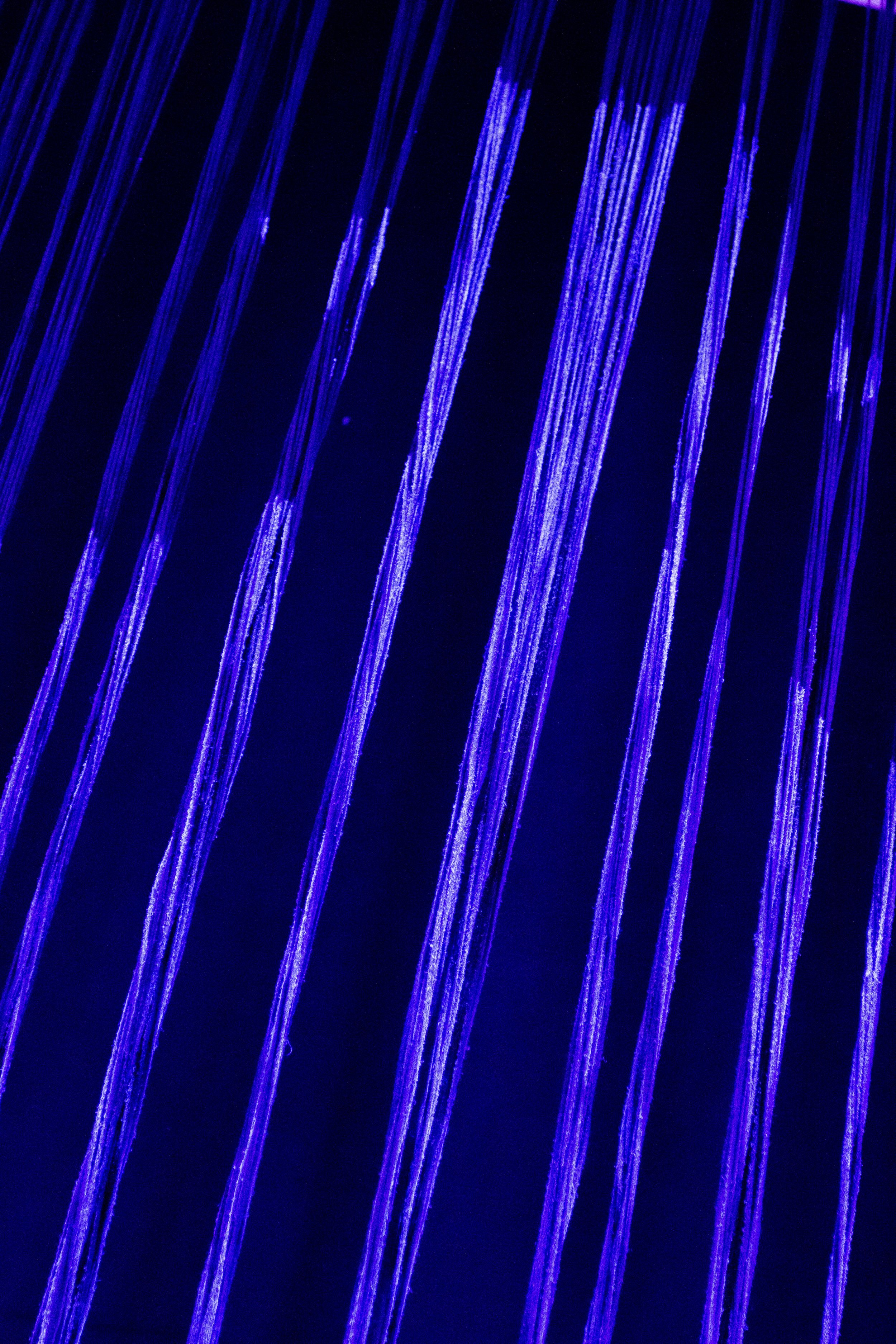-
In an age where artificial intelligence (AI) continues to proliferate and transform the world around us, the future of employment for many individuals remains uncertain. American artist Patrick Lee Hubbard, who has delved into the study of AI and its impact on image creation, presents a thought-provoking exhibition entitled "Balancing Act: The Paradoxical Nature of Artificial Intelligence." Drawing inspiration from the subliminal messaging in the film "They Live" and the dynamic art techniques of Patrick Rubenstein, Hubbard's work examines the multifaceted and often contradictory nature of this rapidly advancing technological revolution.
The central theme of "Balancing Act" revolves around the potential consequences of AI on the job market. As the world grows increasingly reliant on automation, a myriad of opportunities and challenges emerge. Through a series of installations, kinetic art, and collages crafted with AI, Hubbard illuminates the dichotomy between the enthralling capabilities of AI and the looming threat of widespread unemployment.
The exhibition’s main works feature kinetic art pieces that displays messages about joblessness, juxtaposed with AI-generated collages. This duality encapsulates the competing narratives inherent in AI—technological captivation and potential joblessness—forcing spectators to confront the palpable and hidden implications of this emergent technology.
Complementing the kinetic art installation is a tapestry-like artwork, inspired by a sculpture by Jonathan Borofsky entitled "A Man Carrying a Briefcase." This piece symbolizes the global workforce and serves as a stark reminder of the ever-present danger of unemployment in the age of AI. The combination of these artworks generates a sense of urgency, inviting viewers to reflect on the implications of AI for the future of work.
"Balancing Act" implores deep contemplation and active engagement, challenging our preconceived notions about labor in the era of AI. As we forge ahead into the uncharted territories of the AI revolution, we must give due consideration to the human cost of progress. By examining the potential impact of AI on employment, Hubbard's work poses critical questions about how to create a future that benefits everyone in society.
In this rapidly changing landscape, it becomes crucial for individuals, corporations, and governments alike to strike a delicate balance between embracing the benefits of AI and mitigating its potential adverse effects on the job market. As we grapple with these complex issues, "Balancing Act: The Paradoxical Nature of Artificial Intelligence" serves as a timely reminder that the onus is on us to ensure that the AI revolution is ultimately steered towards a future that is inclusive, equitable, and truly beneficial for all members of society.
“Through a series of hand made installations, kinetic art, and collages crafted with AI, Patrick Lee Hubbard illuminates the dichotomy between the enthralling capabilities of AI and the looming impact of it on the workforce.”
